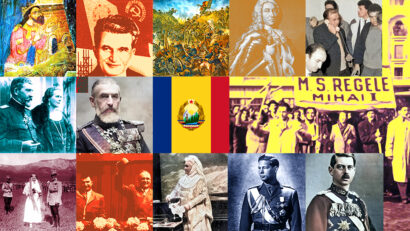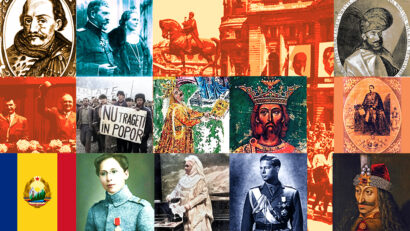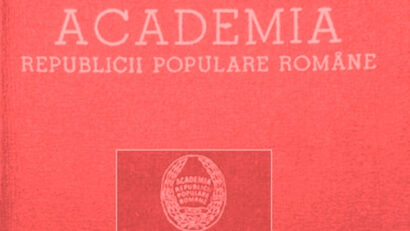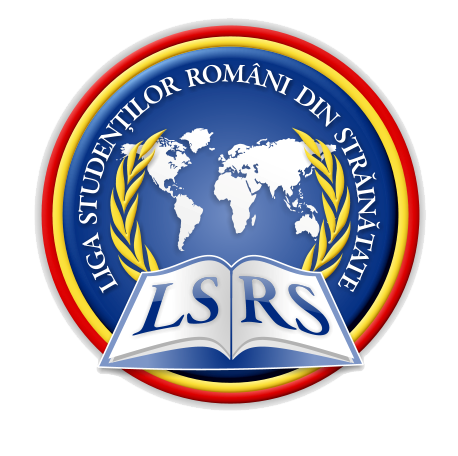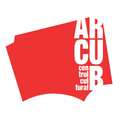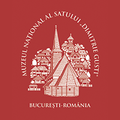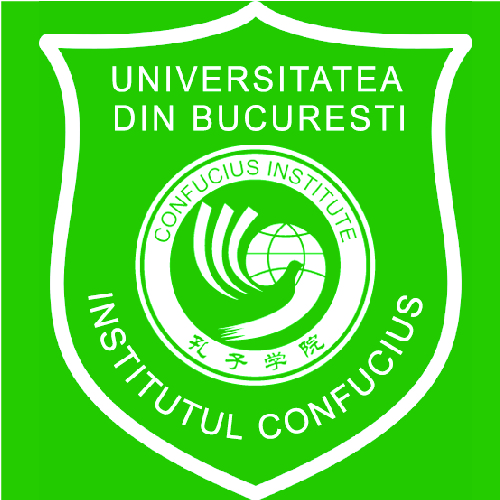Romanians in Austria-Hungary and the Union of Bessarabia and Romania
During the First World War, Romanians in Austria-Hungary were drafted and sent to fight on the frontline for their country
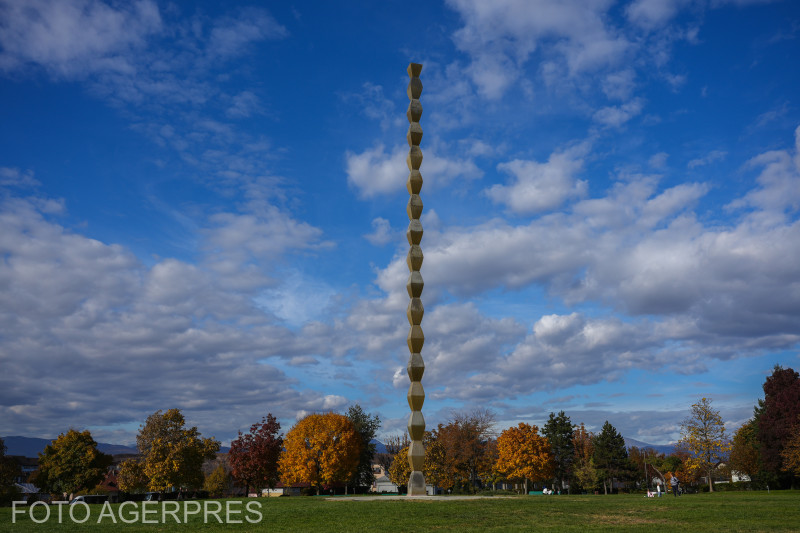
Steliu Lambru, 07.04.2025, 12:35
During the First World War, Romanians in Austria-Hungary were drafted and sent to fight on the frontline for their country. But many Romanians from Transylvania, Banat, Maramureș and Bukovina no longer considered Austria-Hungary their country, and did not want to fight against the Romanians in Romania. And when many were taken prisoner, their perspective on the future changed fundamentally.
While Romanians in Romania entered the conflagration of World War I in 1916, Romanians in Austria-Hungary experienced its horrors from the very beginning, in 1914. Most were sent to the theaters of operations in Galicia or in today’s western Ukraine, as well as in Italy. Some deserted, and others fell prisoner in the hands of the Russian army. The quandary that Romanians in the Austro-Hungarian army dealt with, caught between doing their duty to their country and the feeling of not fighting against other Romanians, had a great impact on Romanian literature and journalism.
When Romania entered the conflict in 1916, the idea of freeing Romanian prisoners of war from the Austro-Hungarian army from Russian camps and including them in the Romanian army emerged, an idea initially rejected by the Russian government. According to estimates by the Romanian authorities, approximately 120,000 Romanians from the Austro-Hungarian army were held as prisoners of war in Russian camps. After persistent efforts by the Romanian government, in 1917 the Russian government agreed to the establishment of a corps of Romanian volunteers from Transylvania and Bukovina, the commander of the corps being General Constantin Coandă, father of the future inventor Henri Coandă, Romania’s military attaché in Saint Petersburg.
Through the Declaration of Darnița, the town near Kiev where those who chose to join the Romanian army were brought, the Transylvanian and Bukovinian volunteers professed their will for Romania to unite with the territories of Austria-Hungary inhabited by Romanians. Approximately 1,800 Romanian soldiers from the Austro-Hungarian army formed the first unit that, in the summer of 1917, would arrive in Romania and take part in the bloody battle of Mărășești. In total, by March 1918, approximately 10,000 former Romanian soldiers from the Austro-Hungarian army decided to join the Romanian army. The presence of the Transylvanian and Bukovinian volunteer corps in the 1918 unification of Bessarabia, Bucovina, Banat, Maramureș and Transylvania with the Kingdom of Romania was sizable. The first union was in March 1918 when the Council of the Country, the legislative body of Barasabia, decided to unite with Romania.
General Titus Gârbea, interviewed by the Oral History Center of the Romanian Radio Broadcasting in 1994, when he was 101 years old, recalled that the act in Chișinău was the first good sign that Romanian society received, after it had been forced to concede peace with the Central Powers, as a result of Russia’s withdrawal from the war. The anarchy that had gripped the region after the victory of the Bolshevik revolution was a factor that hastened that union in which Transylvania and Bukovina also participated.
“Then a very bright star fell from the sky and Bessarabia called to us and united with us. The unification of Bessarabia, in which I took part, on March 27, 1918, was a blessing for us. The Russians were just as wicked in their own country, but especially in Bessarabia, where they stole and raped everywhere. The Romanian army came with a spirit of orderliness, and the Bessarabians proved to be very patriotic, we even said to ourselves ‘God, we were only thinking about the Transylvanians!’, especially me, who is Transylvanian by birth. But these Bessarabians are better patriots than the Transylvanians. And, indeed, they achieved the Unification with great enthusiasm.”
General Gârbea, a young second lieutenant in 1918, aged 25, remembered the effervescence of the moment that had engulfed everyone. And the role of the Transylvanians in that union had been, as he said, a major one.
“I, along with the Bessarabians with whom I was in contact every day, welcomed this union with great enthusiasm, especially since the order had come: no more stealing, no more looting, no more killing people, it had been a disaster. In Bessarabia, at the union of March 27, 1918, some of the Transylvanian and Bukovinian soldiers who had fallen prisoners were transformed into Romanian units near Kiev, and were sent to Bessarabia. They came to Bessarabia around the time of the Union. And since they were full of enthusiasm, especially the Bukovinians and Transylvanians, they brought a healthy, Romanian atmosphere to Bessarabia. And when we had to leave for Moldavia to defend Moldavia, and there was only a very small army left, these Transylvanians, who came from Darnița, that was the name of the town near Kiev, joined us. They, together with the Romanian patriots Constantin Stere, Alexandru Marghiloman, Vasile Morțun , they brought to Bessarabia, especially to Chisinau, a very favorable atmosphere for Romania.”
The Transylvanian and Bukovinian corps would write, in the same year, 1918, another memorable page in the history of those times. It would also decisively participate, in the autumn, in the unification of Bukovina with the Kingdom of Romania.

